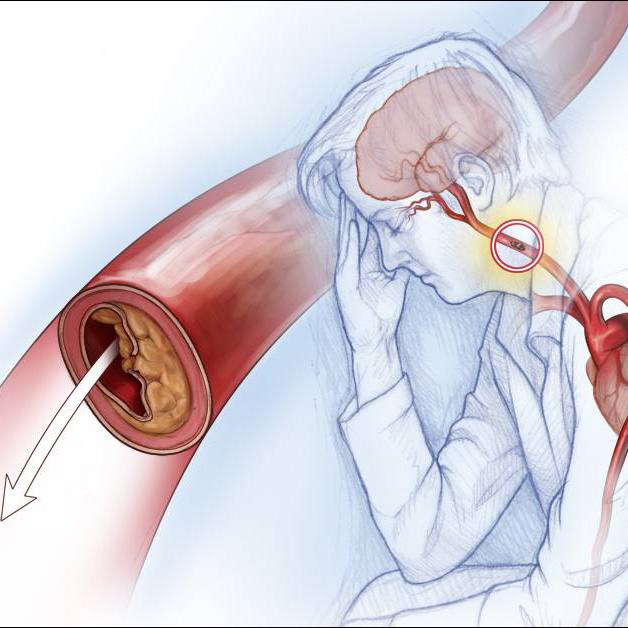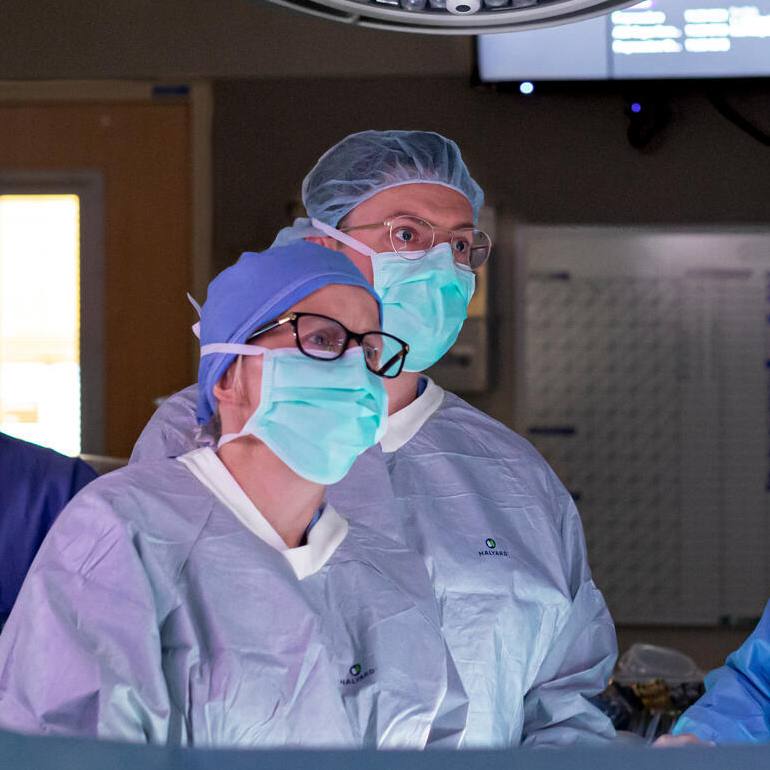-
Mayo Clinic Minute: Tips to help you stick with your New Year’s resolution
Jan. 17 tends to be the moment of truth when it comes to New Year's resolutions. It's the day when on average most people give up on their good intentions for the new year and fall back into old, often unhealthy habits.
In this Mayo Clinic Minute, Dr. Stephen Kopecky, a preventive cardiologist at Mayo Clinic, discusses why most New Year's resolutions fail and how to make it past Jan. 17.
Journalists: Broadcast-quality video (1:03) is in the downloads at the end of this post. Please "Courtesy: Mayo Clinic News Network." Read the script.
"We all have these New Year's resolutions," says Dr. Kopecky. "We're going to change ourselves for the better. We're going to start eating differently. We're going to get a gym membership."
He says trying to take on too much at once is why so many people fail to make meaningful, healthy lifestyle changes.
"You need to take small steps that you can achieve and that you enjoy doing. If it's eating differently, find a food you really do enjoy eating. The Mediterranean diet has about 350 fruits and vegetables in it, so you can find something in there."
Dr. Kopecky says even taking the smallest of steps, like putting on your tennis shoes and standing on a treadmill, can help kick-start new, healthy habits.
"But when you do that, give yourself a reward. Say, 'Hey, I did this.' Let the dopamine surge in your brain that helps lay down these good memory habits."
Perhaps one of the most overlooked parts of setting a successful resolution is understanding your "why."
"Why do you want to change?" says Dr. Kopecky. "I think you need to say, 'This is my why.' Because you need something to help you at midnight when you go in the kitchen and want to graze on some ultraprocessed food or something like that. You've got to understand your 'why.'"
____________________________________________
For the safety of its patients, staff and visitors, Mayo Clinic has strict masking policies in place. Anyone shown without a mask was either recorded prior to COVID-19 or recorded in a nonpatient care area where social distancing and other safety protocols were followed.
Related Articles







